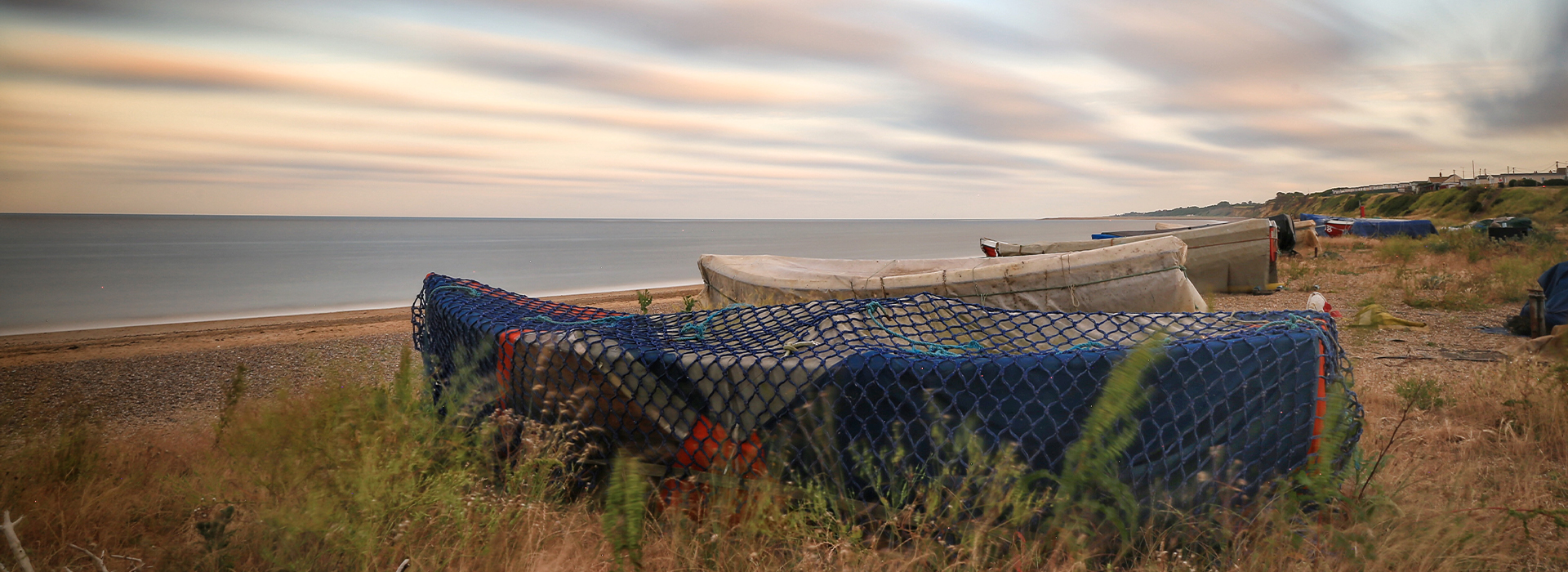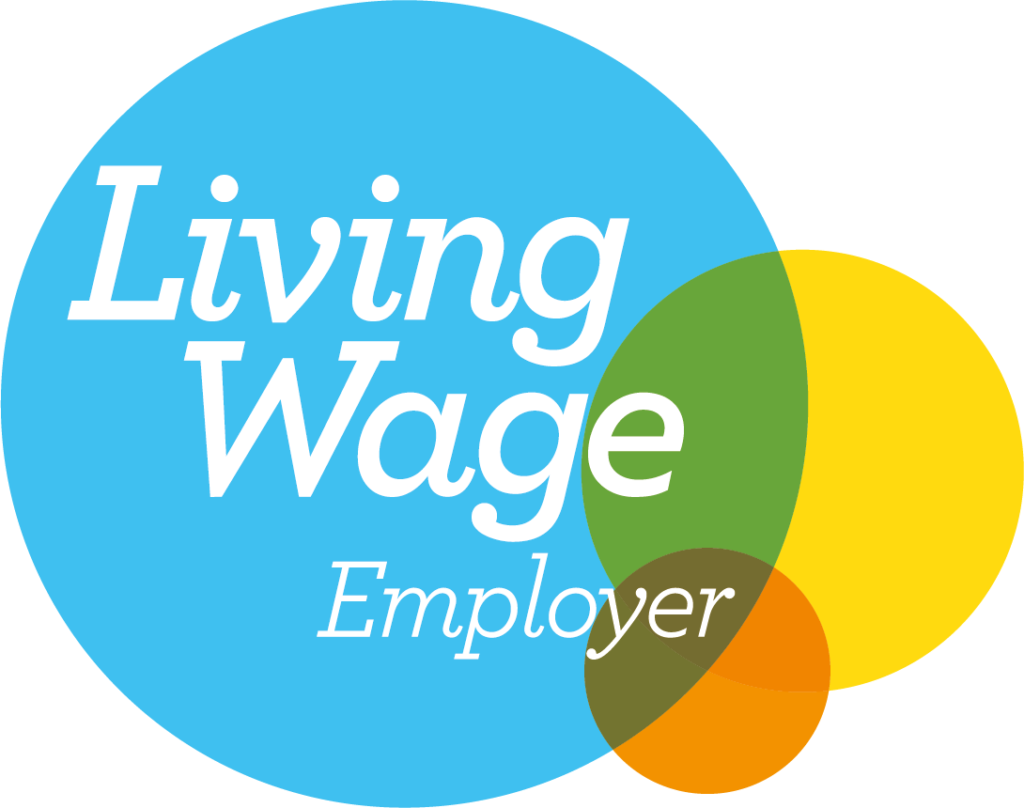Lowestoft is Britain’s most eastern settlement and has a long and eventful history. Read on to find out more about this coastal town in Suffolk.
The name Lowestoft was first mentioned in the Domesday book in 1086. It was then called ‘Lothuwistoft’ and was described as a village consisting of 16 households. That isn’t to say Lowestoft didn’t exist before 1086. Some of the earliest signs of settlement in Britain were found near Lowestoft, and an Anglo-Saxon cemetery was found nearby, indicating the likeliness of a much earlier settlement.
In the Middle Ages, Lowestoft became an important fishing town. This trade continued to be relevant to Lowestoft well into the 20th century.
In 1609, the first lighthouse was built in Lowestoft; it was also the first lighthouse in Great Britain. In these times, the light from a lighthouse came from candles.
The naval Battle of Lowestoft was held in June 1665 as part of the Second Anglo-Dutch War. The battle took place some 40 miles off the shore and was won by the English.
In 1757, Lowestoft Porcelain Factory opened. The factory produced domestic pots, teapots, and jugs. The factory closed in 1802, making it the longest operating porcelain factory in England.
In 1903, Lowestoft got its own tramway. The tramway connected Lowestoft to Pakefield. During WWI, women were employed to drive the trams. In 1927, the first buses were introduced in the area. The bus would become so popular it fully replaced the tram service in 1931.
Although the fishing industry has slowly declined in Lowestoft, it now has a thriving tourism sector, welcoming thousands of holidaymakers to the region each year.
















